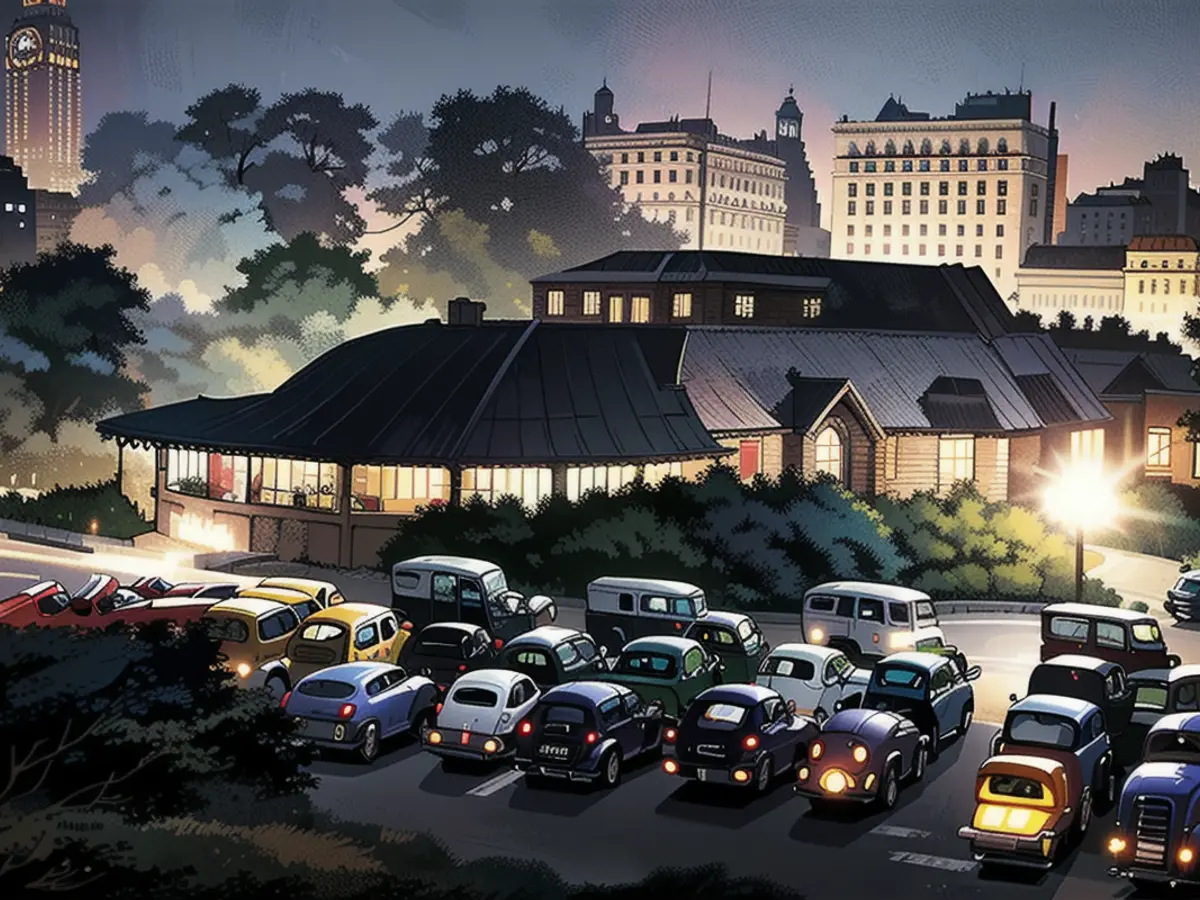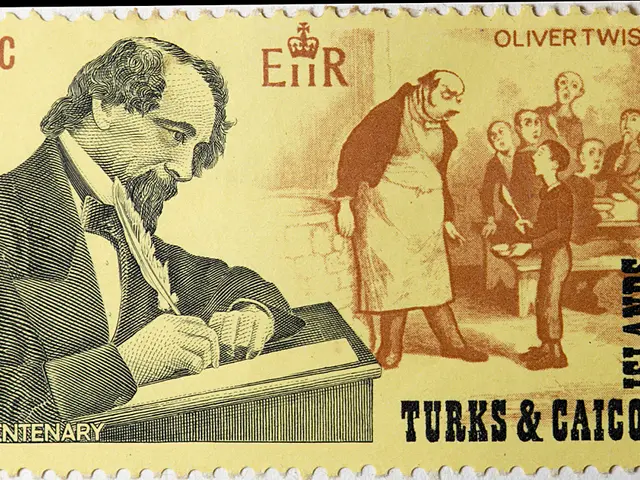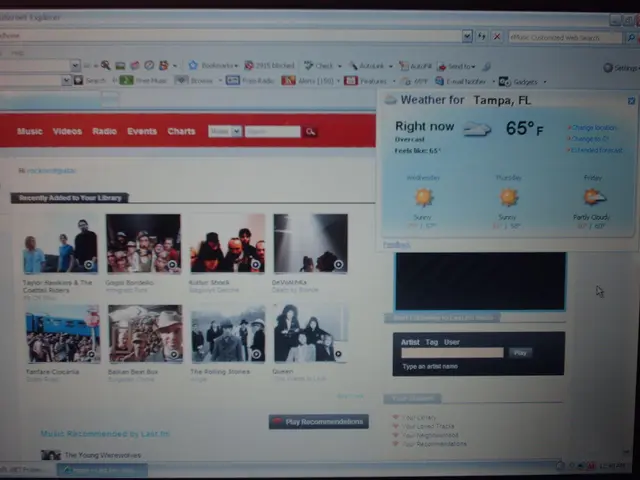A casino is never a casino
The word "casino" does not always refer to a gambling establishment. From casa, house in Italian, originally referring to a small villa or summer house.
In the 19th century, the term evolved to include social clubs and other buildings where people gathered for private parties or public recreation, which may, but usually did not, include gambling.
Below is a list of the most famous American companies with the name "casino" in this sense.
The word "casino" has evolved so far beyond its original meaning that every business or historic site's website contains a variation of the phrase "No, there are no slot machines here," which is undoubtedly the first thing everyone asks Questions for first time visitors.
Although the meaning of "casino" has changed a lot over the past 200 years, its origin from the word "casa" is still the reason why today's casinos are still called "casinos."
Catalina Casino
Avalon, California
The Catalina Casino, the island's largest and most striking structure from the sea, was opened in 1929 by chewing gum magnate William Wrigley Jr. to commemorate his purchase of Santa Catalina Island 10th Anniversary.
Nearly a century later, the landmark commemorates the days when millions of people traveled 26 miles across the sea to go see a movie, have dinner and dance.
Today it serves as a cinema and dance hall for private and community receptions.
Central Park Casino
New York state
Manhattan's hottest nightclub was once located in Central Park, near Fifth Avenue south of 72nd Street.
The Casino (originally called the "Lady's Refreshment Shop") opened in 1864, six years after the park was created, for unaccompanied female visitors - and for men interested in accompanying them out of the park.
In 1929, the Central Park Casino received a $9 million (in today's dollars) renovation project after its lease was transferred to hotelier Sidney Solomon, allegedly financed by mobster Arnold Rothstein (Arnold Rothstein, who was murdered before the night of reopening.
Named "The Casino," it became New York's most expensive restaurant, and regulars included railroad magnate William Vanderbilt, banker Robert Lehman, and show business mogul Florenz Ziegfeld. For five years, the after-dinner party lasted until 3 a.m. nearly every weekend.
Even though Prohibition didn't end until 1933, there was always plenty of booze. Anyone with questions about this can contact New York City Mayor Jimmy Walker, who has a bar and even an office in the building. (The New York Times reported that he spent more time there than at City Hall.)
A special investigation into Walker's receipt of $1 million in bribes led to his forced resignation in 1932 and his voluntary flight to Paris. His populist successor, Fiorello La Guardia, and his authoritarian (and racist) Parks Commissioner Robert Moses hated Walker and anything reminiscent of his corrupt administration . In 1934, they issued an eviction notice to the casino management.
Everything was removed except for the stained-glass windows that were later installed at the 86th Street police station in the park, although they disappeared several years ago.
In 1936, the place where it stood was converted into a playground. Today its function is SummerStage.
Casino Lobby
LaGrange, Texas.
The casino hall was built in 1881 by the Casino Association. Made up of German immigrants displaced by the German Revolution of 1848, this group sought the company of others who shared their language, customs, and activities in this close-knit southern town.
Outgrowing the original wooden gathering place they built in 1858, the society raised $12,000 (now $450,000) to build the two-story German brick school, event hall and gathering space.
By this time, anti-German sentiment had subsided, and the facility was used by the wider local populace, including the Ladies Cemetery Association, the Order of Honor, and (for not all narrow-mindedness had calmed down) the LaGrange Minstrel Club.
In 1884, the city government decided to take over Casino Hall and turn it into a public school. She paid the Casino Association $6,500 ($200,000 today) for the building. In 1924, the LaGrange Independent School District took over the building; however, it was sold back to the city in 1924 (for $7,500), which used it to house the fire department (first floor) and city hall (second floor). .
City Hall moved to its new location in 1968, and the fire department left the building in 1992, leaving the building to the LaGrange Senior Center until 2006.
The Casino Hall remained vacant until 2014, when a multi-million dollar renovation transformed it into what is now the Historic Casino Hall, which houses a visitor information desk and performing arts center.

Gulfport, Florida
This is actually the third version of the building, with the first built in 1906 as a place for town meetings, gatherings and church services.
The pier was destroyed in a hurricane in 1921, and its replacement - hurriedly built in Bocachet - was built after President Franklin Roosevelt's Civil Engineering Society approved the construction of a new pier and a new pier to prevent a similar fate. Gawan is set up on stilts - and that's it. .
Gulfport Casino 3.0 opened in 1934 and features a solid maple dance floor and 10,000 square feet of dancing, social and bingo space.
The non-casino casino also became the scene of a murder in 1949, when 68-year-old barber and former Chicago resident Lawrence Minutoli shot and killed 43-year-old widow Isabelle Marchand. Bingo is being left behind. party.
According to Minutoli's statement to police, Marchand had arrested her for harassment and, confusingly, owed him $500 ($6,500 today). “I asked her to pay me the bills she owed me,” Minutoli said, according to the St. Louis Times. "She told me there was nothing to talk about, so I shot her. She gave me trouble for 10 years. Now she won't cause any more trouble."
The historic Gulfport Casino Ballroom (now its official name) was listed on the National Historic Register in 2014. It is now operated by the City of Gulfport Cultural Facilities Department and rented for dance events.
Sandwich Casino
Sandwich, Massachusetts.
Today, not many people remember our last non-casino casino. Opened in 1884, it had a portico, two vestibules, a large gallery, a raised bandstand, and the most impressive indoor toilets of its time.
The building is a venue for roller skating and dancing, with lighting provided by gas nozzles.
For the grand opening, Sandwich Casino brought in an orchestra from Boston. Boston was only 60 miles south, but that was two years before the invention of the automobile.
When the railroad arrived in Sandwich in 1848, the Casino hosted a banquet for 1,200 people. Another major celebration was the city's 250th anniversary in 1889.
Unfortunately, a hurricane in 1938 weakened and destroyed the building. The last public event was a play called "Hay Fever" on August 5, 1941. The city was destroyed in 1944 or 1945, but no one can clearly remember it.

Read also:
- Games Industry Research: Carbon Emissions of Top Video Games
- U.S. cities with the most Swifties per capita
- Blackjack Casino Advantage: How to Beat the Odds
- Football 101: What is relegation in football?
Source: www.casino.org








